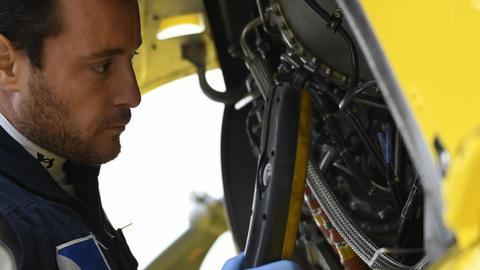The safety of our products and the people who fly or operate them has always been the number one priority for Airbus. Compiling and analysing data1 of the incidents and accidents which occurred helps to contribute to improving the safety of our products by identifying trends or emerging threats that can be acted upon to prevent accidents from happening.
The focus of the Statistical Analysis of Commercial Aviation Accidents is on Western built jets with over 40 seats. It shows that there were around 27 million flight departures in 2022, which was an increase of almost 5 million when compared with 2021. This is still around 20% below the number of flights recorded prior to the pandemic.
The document reports that the aviation sector shows a positive trend towards a recovery of traffic to pre-pandemic levels. This ramp-up also highlights the need to attract more aviation professionals across the industry to avoid any shortfall, especially in light of the global workforce requirements for the next 20 years. “In order to secure safe and efficient operations in 2023 and beyond, it is fundamental for the industry to maintain and develop competencies of all aviation professionals and permanently reinforce our safety culture,” says Yannick Malinge, Chief Product Safety Officer for Airbus Commercial Aircraft.
The analysis also points out that 2022 was a year that reported six commercial jet hull loss accidents without fatalities and two fatal accidents that were due to vehicles entering the runway. There was also a fatal accident where all passengers and crews lost their lives that remains to be classified, and therefore, is not yet recorded in this year’s analysis. “As the number of accidents and flights will vary each year, accident rates are more relevant than reviewing the number of accidents per year when analyzing trends”, the document reads. In this context, the statistics show that the number of accidents today is significantly lower than a comparable year in the previous decade and the rate of fatal accidents and hull losses is steadily decreasing over time.
The analysis shows how “accident rates were further reduced with the introduction of new technologies that helped to reduce accident rates for each generation of aircraft”. The largest percentage of flights in recent years were made using the latest generation 4 fly-by-wire commercial jets, which have the lowest accident rate. “In 2022, generation 4 commercial jet aircraft flew 56% of the flights and the accident rate for both generation 3 and 4 aircraft remained historically low.” Comparing accident rates by generation of aircraft illustrates the value of the investments made through technology to improve safety, ensuring that taking a flight in a commercial jet aircraft is a low-risk activity.
For more information on commercial aviation accidents and what the statistics tell us about our continual efforts to improve safety, visit the accident statistics website.
1 Source data: The data for this analysis was extracted from official accident reports, as well as ICAO, Cirium, and Airbus databases.
Latest news
Continue Reading

Recycled and ready
Web Story
Innovation
Aerospace composites are hard to recycle, yet a consortium of Airbus partners has shown it is possible to give some carbon flying parts a second life.
Airbus reports 793 commercial aircraft deliveries in 2025
Press Release
Commercial Aircraft
Airbus completes acquisition of Spirit AeroSystems sites
Press Release
Commercial Aircraft

Airbus updates 2025 commercial aircraft delivery target, maintains financial guidance
Press Release
Company
Airbus provides update on deployment of A320 Family precautionary fleet measures
Press Release
Commercial Aircraft

